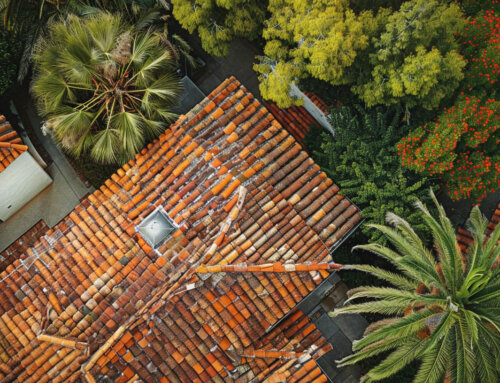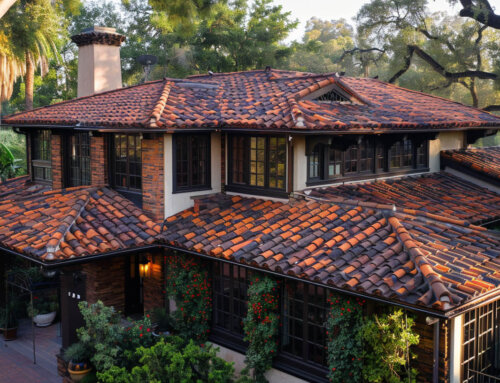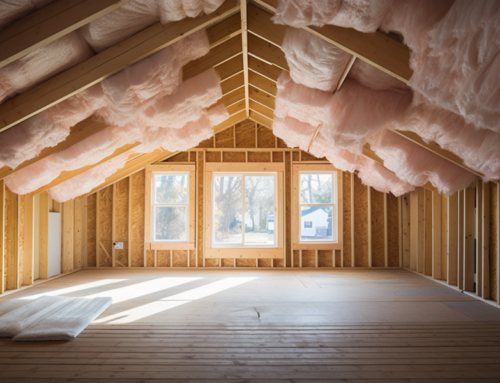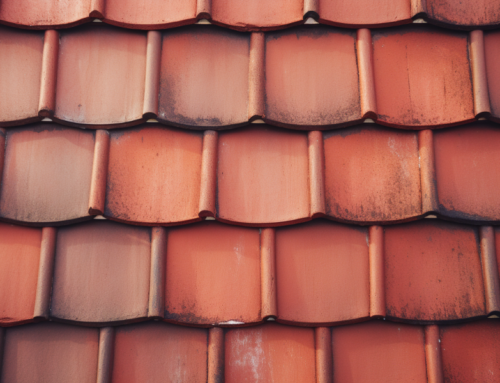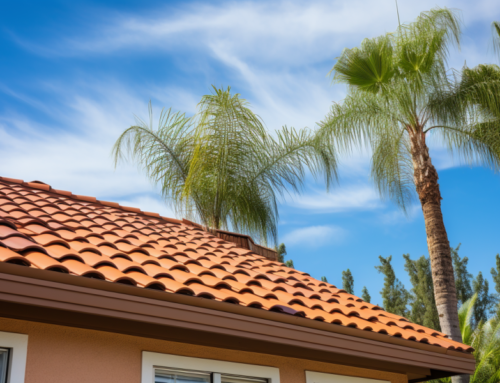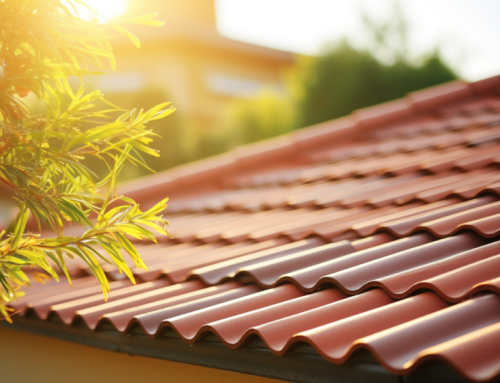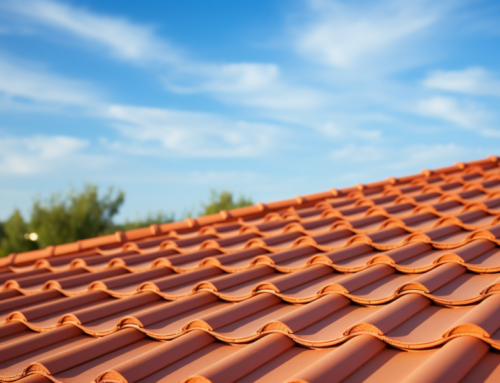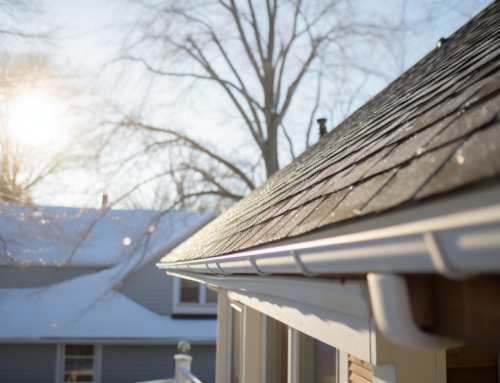In the world of commercial roofing, a myriad of options cater to various needs, aesthetics, and functionalities. San Diego County Roofing & Solar, with its vast experience in the industry, presents an in-depth look into the most prevalent commercial roofing systems.
Single Ply Roofing Systems
Single ply roofing systems predominantly utilize materials like TPO, PVC, and EPDM membranes. These materials are renowned for their flexibility and durability, effectively resisting weathering effects like peeling and cracking. Depending on the specific requirements, these systems can be mechanically attached, adhered, or ballasted. Their versatility allows for installation throughout the year.
TPO (Thermoplastic Polyolefin)
TPO roofing stands out as a single-ply membrane system, primarily made of polypropylene and ethylene-propylene rubber. With hot-air welded seams and a reinforcement of a polyester mat, TPO membranes are predominantly white but offer a range of color options.
PVC (Polyvinyl Chloride)
PVC roofing shares similarities with TPO, especially with its hot-air welded seams and color choices. The top layer of PVC is enhanced with additives, ensuring UV resistance and heightened resilience against chemical attacks. Its bottom layer is designed for increased flexibility, ensuring ease of installation.
EPDM Roofing (Ethylene Propylene Diene Monomer)
Often referred to as “rubber”, EPDM roofing is celebrated for its elasticity and robustness. Its resistance to ultraviolet light and unmatched strength make it a preferred choice for low-slope commercial structures globally.
Modified Bitumen Roofing Systems
Blending asphalt with a chemical polymer, modified bitumen roofing offers enhanced flexibility and temperature resilience. Its application methods vary, including cold process adhesives, hot asphalt, or torches. Its durability is attributed to the membrane’s thickness, reinforcements, and surface coatings.
Built-Up Roofing Systems
Built-up roofing, commonly known as BUR, is among the time-tested commercial roofing systems. It typically involves three to four layers of fiberglass felts applied with hot asphalt. Some modern iterations even combine BUR with modified bitumen cap sheets, resulting in hybrid systems.
Metal Roofing Systems
Metal roofing not only provides durability but also adds a distinct aesthetic appeal to buildings. Materials like aluminum, copper, zinc, and the widely used steel are available in various finishes to suit different architectural designs.
Liquid Applied Roofing
Constructed on-site using resin and reinforcing polyester, liquid applied roofing is known for its impeccable waterproofing capabilities. Its ability to cover hard-to-reach areas and its minimal odor emission make it suitable for various sites.
Green Roofs
Green roofs, with their vegetative layers, offer natural insulation, leading to reduced energy costs. They also play a pivotal role in improving water management systems. However, they necessitate a robust waterproofing system to ensure the building remains dry.
In the realm of commercial roofing, choices abound. San Diego County Roofing & Solar remains committed to guiding clients through these options, ensuring they make informed decisions tailored to their specific needs. Whether you’re considering roofing contractors in San Diego or exploring local roofing companies in San Diego, our team is here to assist.



